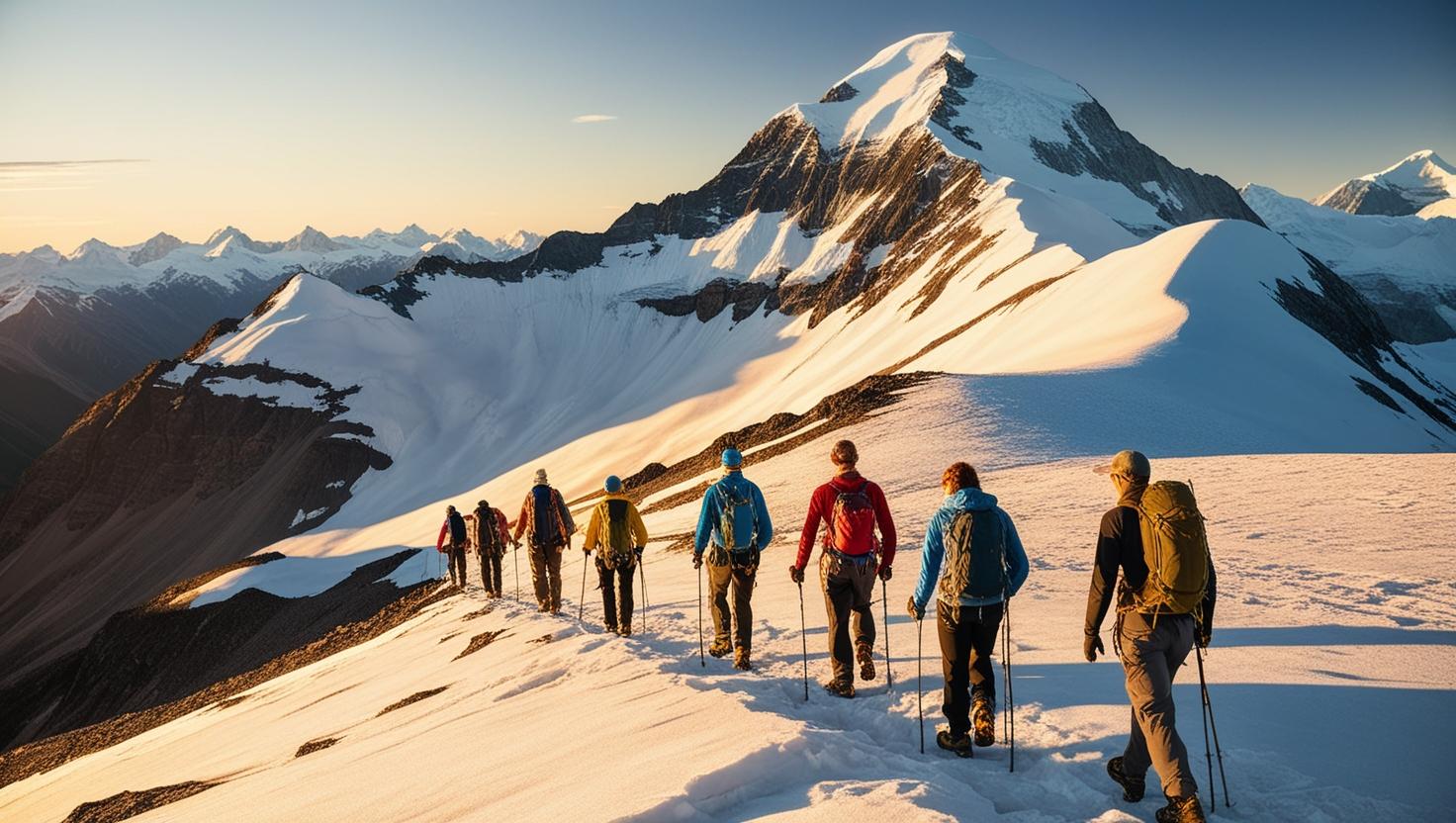Trekking is one of the best ways to explore nature, challenge yourself, and enjoy breathtaking landscapes. Whether you’re a beginner or an experienced trekker, being well-prepared with the right gear is essential for a safe and enjoyable adventure. In this guide, we will walk you through the must-have trekking gear and tips to enhance your experience.
Essential Trekking Gear
1. Backpack
A sturdy backpack with adjustable straps and multiple compartments is essential for carrying essentials comfortably. A rain cover provides protection against unpredictable weather, keeping belongings dry. This backpack design ensures organization, comfort, and reliability, making it perfect for daily use or outdoor adventures, keeping you prepared for any situation that may arise.
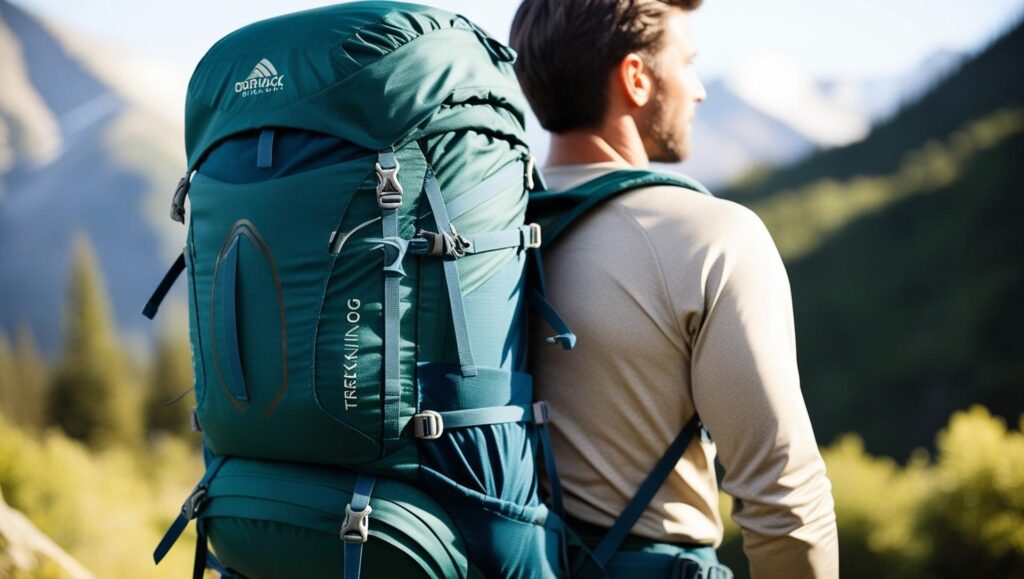
2. Clothing
- Base Layer: Opt for moisture-wicking fabrics to keep sweat away.
- Mid Layer: Insulating fleece or down jacket for warmth.
- Outer Layer: Waterproof and windproof jacket and pants to shield against rain and wind.
- Trekking Pants: Lightweight, breathable, and quick-drying.
- Gloves & Cap: Protect yourself from extreme weather conditions.
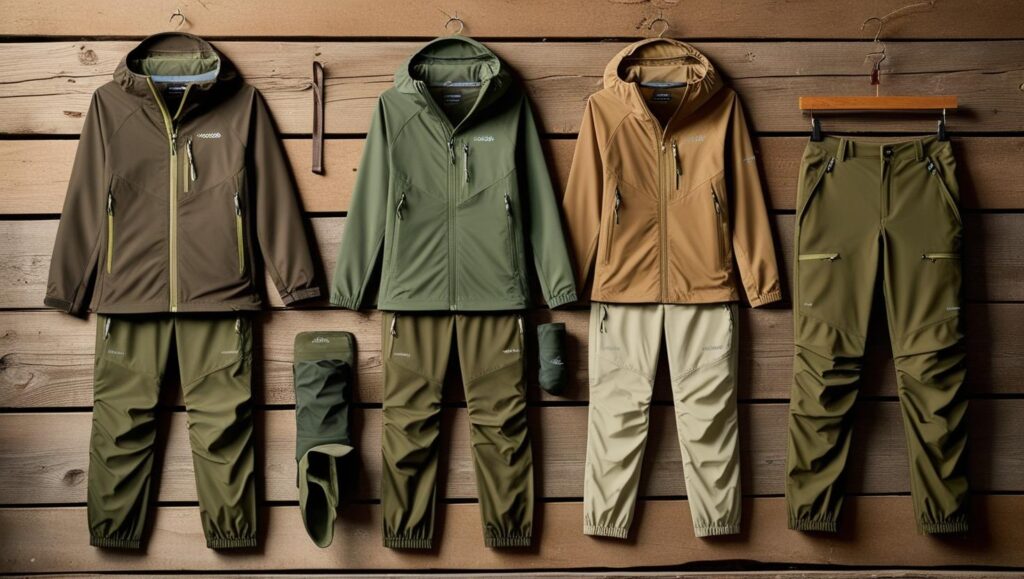
3. Footwear
Invest in high-quality trekking shoes with good grip, ankle support, and water resistance. Break them in before your trek to avoid blisters.
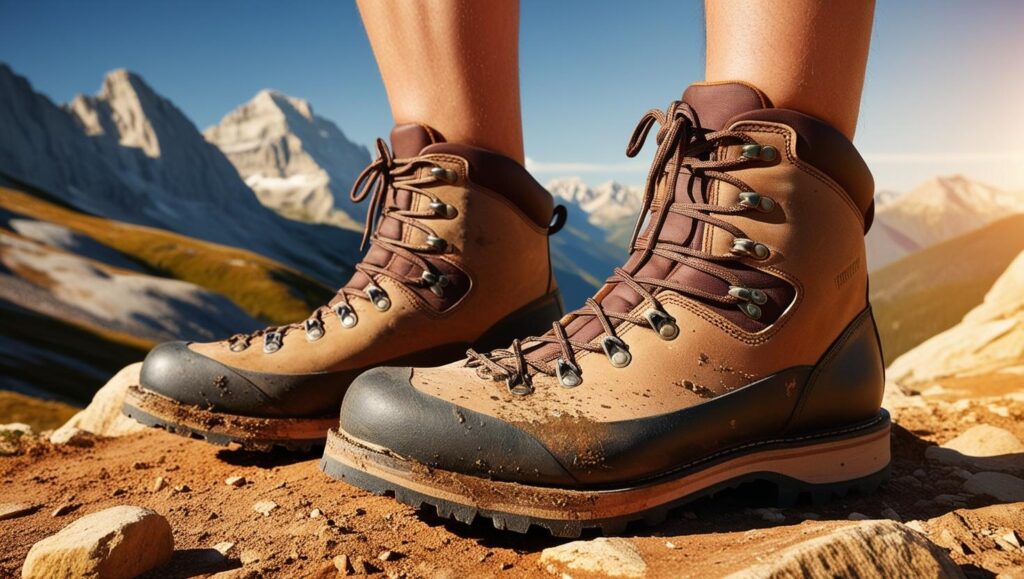
4. Navigation Tools
Trekking poles offer numerous benefits for hikers. They reduce strain on the knees by distributing the impact of each step, providing relief for joint pain. On rough terrain, poles enhance balance and stability, allowing for more confident navigation. Additionally, they help maintain a steady pace by providing an extra point of contact with the ground, enabling hikers to conserve energy and cover longer distances with less fatigue, making them an essential tool for outdoor enthusiasts. This promotes a more enjoyable and injury-free hiking experience. Regular use can also improve overall hiking efficiency and endurance.
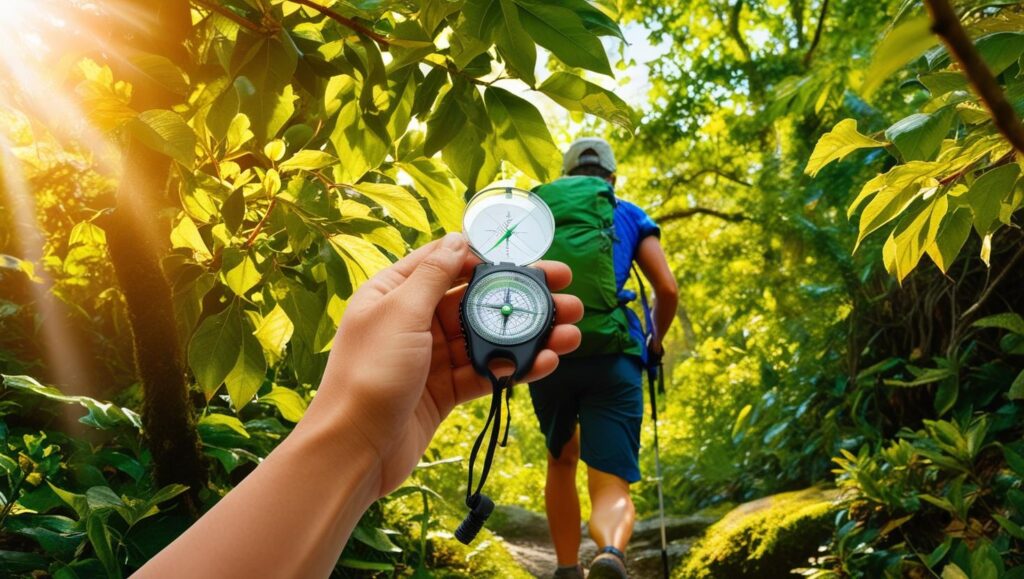
5. Hydration & Nutrition
- Water Bottles/Hydration Pack: Ensure you have enough water for your trek.
- Water Purification Tablets: Useful when sourcing water from streams or lakes.
- Energy Bars & Dry Fruits: Compact and high-energy food options for quick nutrition.
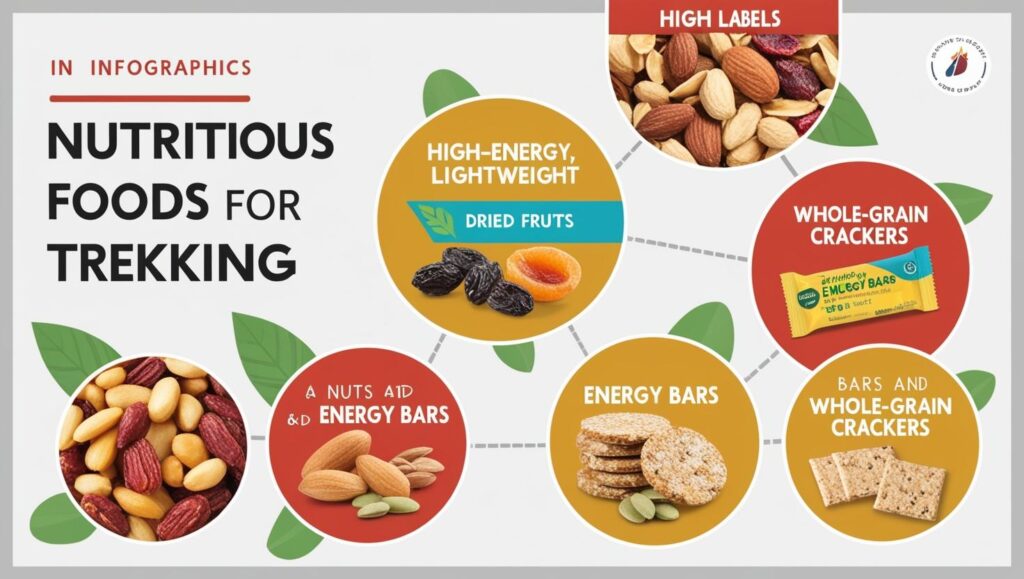
6. Sleeping Gear
For multi-day treks, carry a lightweight sleeping bag and a compact tent. Choose based on the weather conditions of your trekking destination.
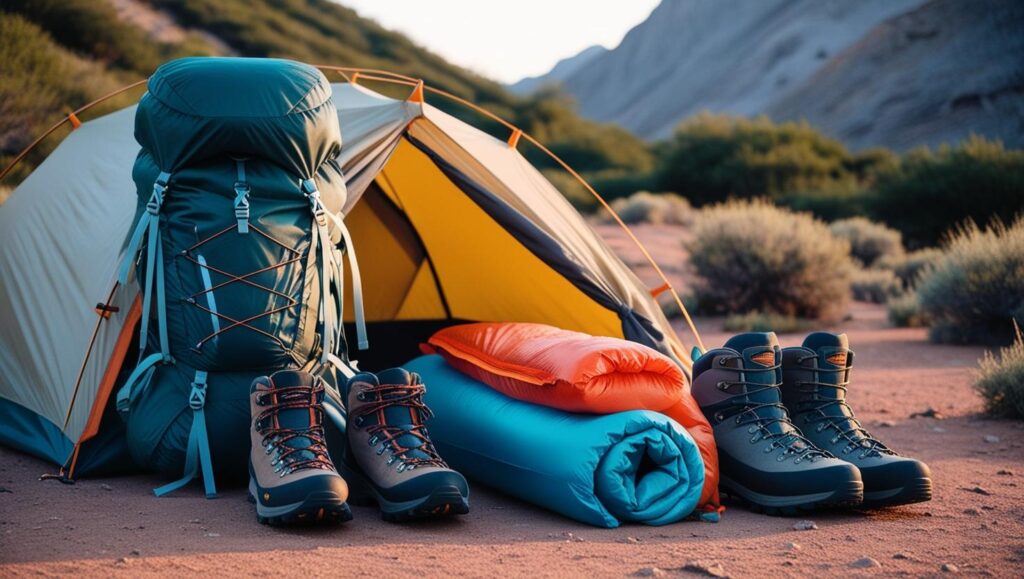
7. Trekking Poles
Trekking poles offer numerous benefits for hikers. They reduce strain on the knees by distributing the impact of each step, providing relief for joint pain. On rough terrain, poles enhance balance and stability, allowing for more confident navigation. Additionally, they help maintain a steady pace by providing an extra point of contact with the ground, enabling hikers to conserve energy and cover longer distances with less fatigue, making them an essential tool for outdoor enthusiasts. This promotes a more enjoyable and injury-free hiking experience. Regular use can also improve overall hiking efficiency and endurance.
8. First Aid Kit
Always carry a first aid kit containing band-aids, antiseptic wipes, pain relievers, and any personal medications.
9. Headlamp & Extra Batteries
A reliable headlamp is crucial for navigating through darkness, providing hands-free illumination. In emergency situations, such as power outages or nighttime hikes, a headlamp can be a lifesaver. It allows you to move safely, perform tasks, and signal for help if needed. A good headlamp should be durable, water-resistant, and have adjustable brightness settings. Investing in a high-quality headlamp can provide peace of mind and ensure you’re prepared for any situation that may arise, making it an essential tool for outdoor enthusiasts, campers, and emergency responders. It’s a vital piece of gear for any adventure.
10. Emergency Supplies
- Multi-tool or Knife
- Whistle for signaling help
- Firestarter (matches or lighter)
- Emergency Blanket
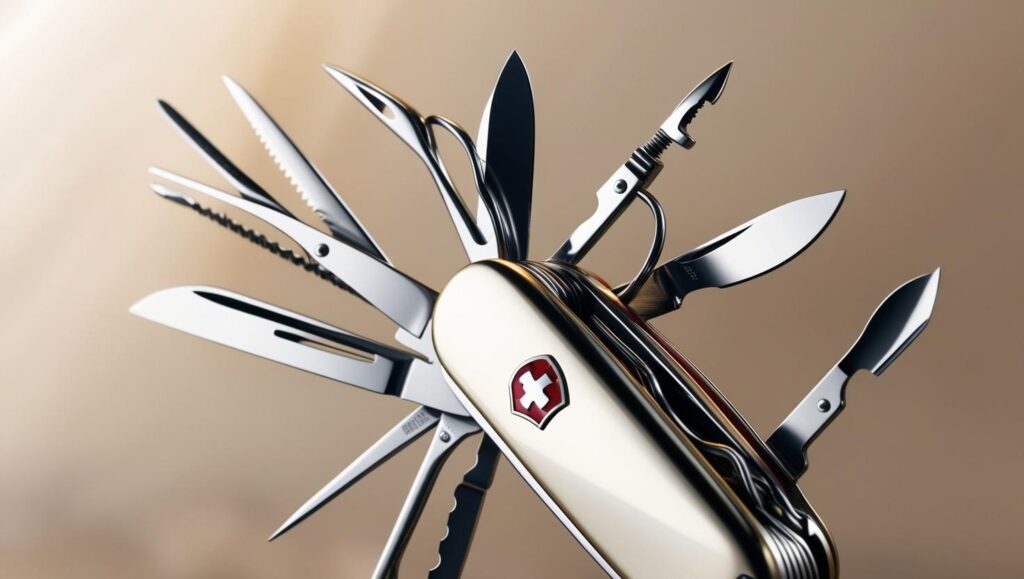
Trekking Tips for a Safe Journey
- Plan Your Route: Research the trail, difficulty level, and weather conditions.
- Travel Light: Carry only essential gear to avoid excess weight.
- Stay Hydrated & Eat Well: Energy levels drop quickly without proper hydration and nutrition.
- Acclimatize: If trekking at high altitudes, take time to adjust to the environment to prevent altitude sickness.
- Respect Nature: Follow Leave No Trace principles, avoid littering, and respect local cultures and wildlife.
With the right trekking gear and preparation, you can have an unforgettable adventure. Whether you’re hiking through lush forests, scaling mountains, or crossing rugged terrains, being equipped with the right essentials ensures a safe and enjoyable trek. So gear up, step out, and embrace the thrill of trekking!

